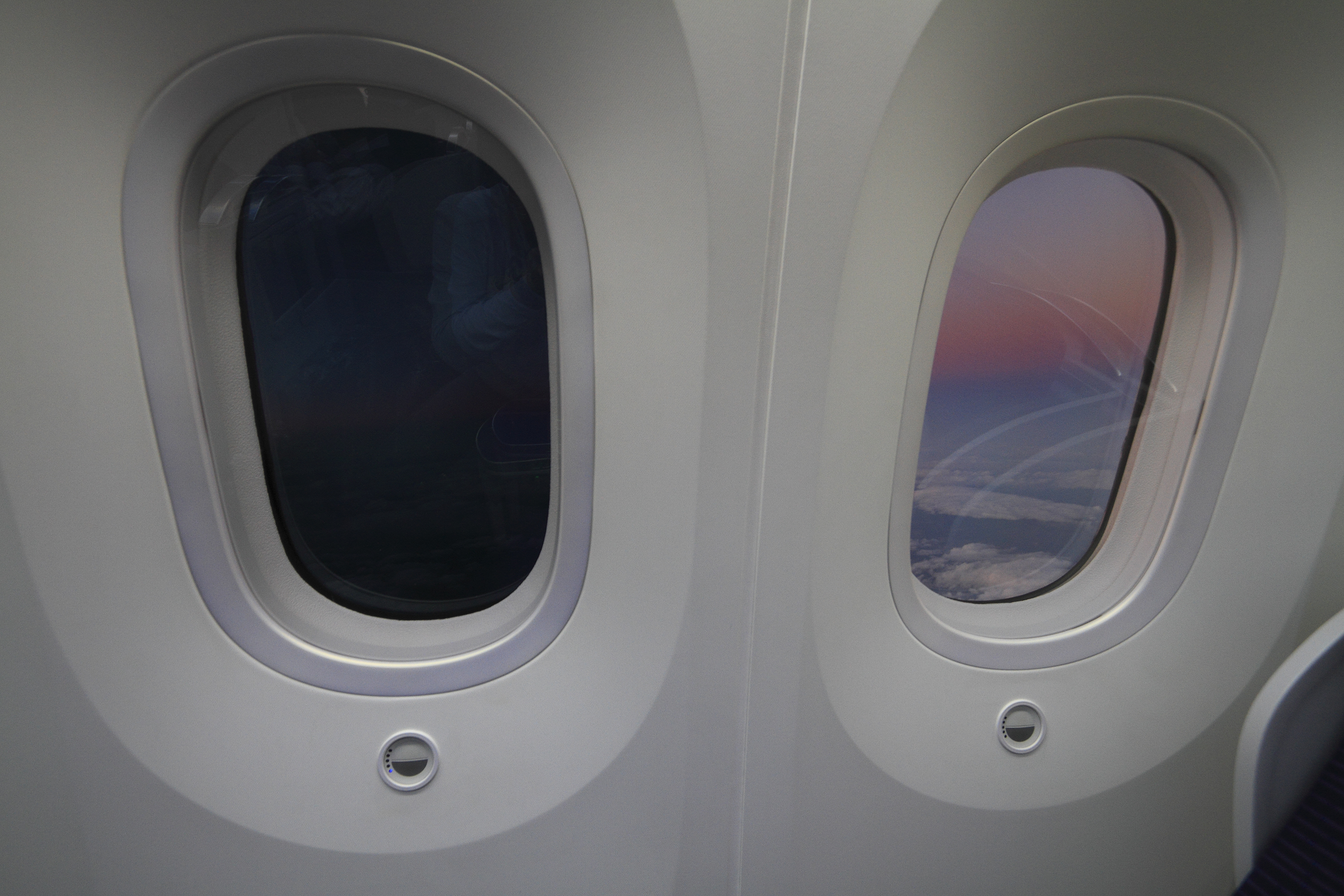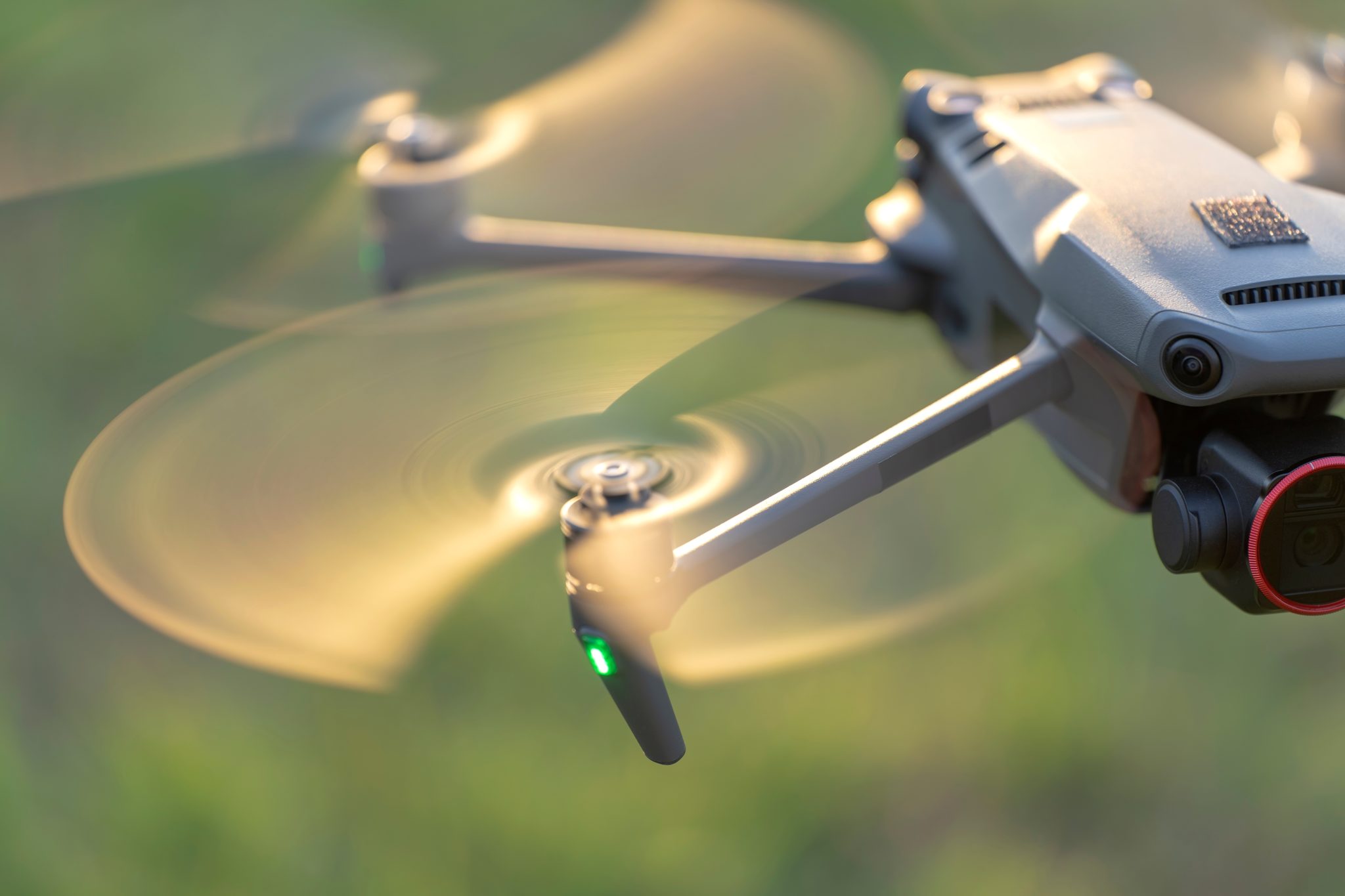Chromogenic glasses

Technology scouting aimed at defining and understanding the details of the technologies used in the production of smart or dynamic glasses.
In a first phase, the analysis involved the study of the scientific literature on the subject, in order to be able to define the operating principles of this technology and the consequent application and construction limits.
The main actors involved in the production or diffusion of these technologies were then found and evaluated, through the analysis of databases, patents and public literature.
The final report allowed the customer to understand the existing technology and applications, coming to obtain the tools necessary to evaluate the possibility of including this solution in their research project.
In recent decades, materials have become the cornerstone of change, revealing unknown peculiarities and multiple applications of interest. In particular, the so-called smart materials have attracted particular interest in recent years.
Within this category, we find chromogenic materials, which change their color as a result of external stimulations. Their use in the world of glass has given rise to smart glasses (or dynamic glasses): windows or glasses that change color because of a particular stimulus.
The different classes of chromogenic glass, distinguished on the basis of the type of stimulus that generates the chromatic variation, can be classified into active or passive, based on whether the color variation is artificially controllable or not:
- Active
- ECD (Electrochromic Device)
- PDLC (Polymer Dispersed Liquid Crystals)
- SPD (Suspended Particle Devices)
- Passive
- Thermochromic
- Photochromic
The first category is the most interesting for most industrial applications and was the one on which the report focused the most. The three active technologies present a color variation following the application of a voltage at the ends of the device. This feature makes active technology very versatile: there are several applications integrated with remotely controllable circuits already developed and marketed.
Once the types of smart windows were defined, each one was studied in detail, analyzing the technical details and operating principles. All technologies have a common structure consisting of a “sandwich” of different layers of material.
The main difference lies in the characteristics and nature of the central layer, the one that modifies the chemical-physical principle underlying the chromatic variation.
Ample space has been dedicated to electrochromic technology, the most studied and known solution.
Contact Us
Are you interested in receiving more detailed information about CRIT and its services? Please fill out the form below and you will be contacted shortly.
"*" indicates required fields



